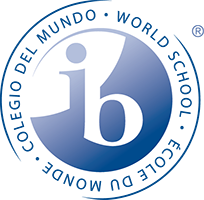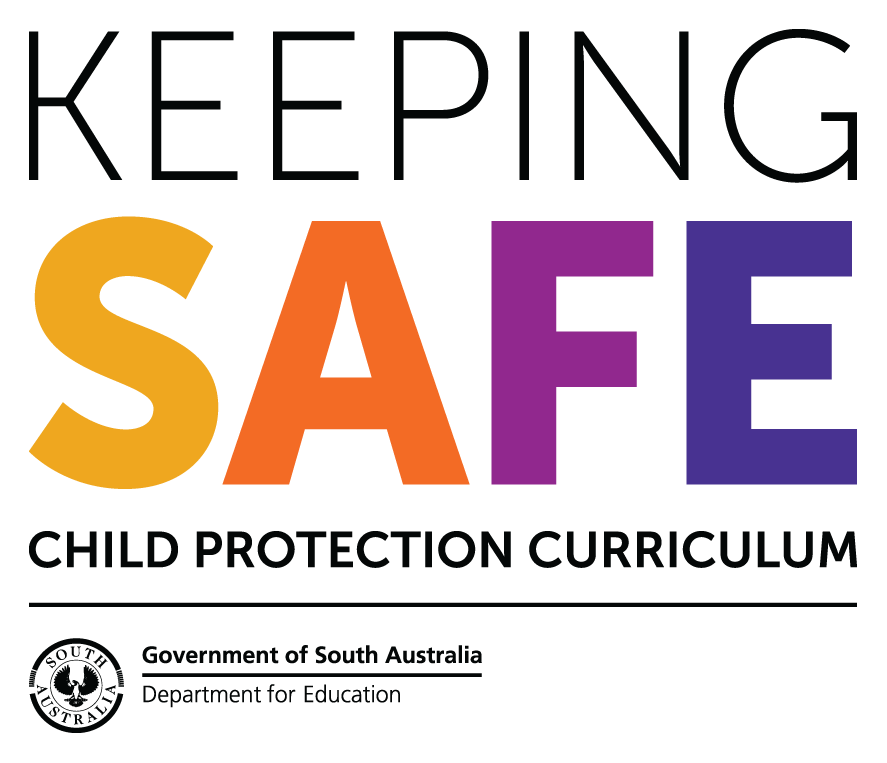General information
At TISA we offer the following mathematical courses in Diploma Programme
- Mathematics: Analysis and Approaches SL
- Mathematics: Analysis and Approaches HL
- Mathematics: Applications and Interpretation SL
Only one mathematics course can be taken as part of the diploma requirements.
All DP mathematics courses are designed to meet the diverse needs, interests, and skills of their students and to prepare them for a variety of university and career goals.
These courses are designed to help students develop their mathematical skills, concepts, and principles. use and improve their powers of abstraction and generalization as well as their logical, critical, and creative thinking. Students are also urged to grasp mathematics' global scope and the variety of its cultural and historical vantage points. Students must understand how technology is used in mathematics and become skilled with graphic display calculators in order to pass all DP mathematics courses.
Mathematics: Analysis and Approaches
In a world where innovation is becoming more and more reliant on a solid understanding of mathematics, the IB DP Mathematics: Analysis and Approaches course acknowledges the necessity for analytical expertise. The emphasis is on establishing critical mathematical ideas in a clear, consistent, and rigorous manner, which is accomplished through a methodically balanced approach. Students are encouraged to use their mathematical understanding to address both abstract and context-specific challenges.
AA SL Scope and Sequence
AA HL Scope and Sequence
Mathematics: Applications and Interpretations
The IB DP Mathematics: Applications and Interpretation course acknowledge the expanding significance that technology and mathematics play in a variety of fields in a world with lots of data. As a result, concentrating on subjects that are frequently utilized as applications or in mathematical modelling, stresses the meaning of mathematics in context. This course covers topics that are typically covered in a pre-university mathematics course, such as calculus and statistics, in order to provide a solid foundation for this understanding. Student problem-solving, mathematical construction and communication, and interpretation of generalizations or conclusions are all encouraged.
AI SL Scope and Sequence
Bibliography
Mathematics: Analysis and Approaches Guide. IBO, 2021. pdf.
Mathematics: Applications and Interpretations Guide. IBO, 2021. pdf




